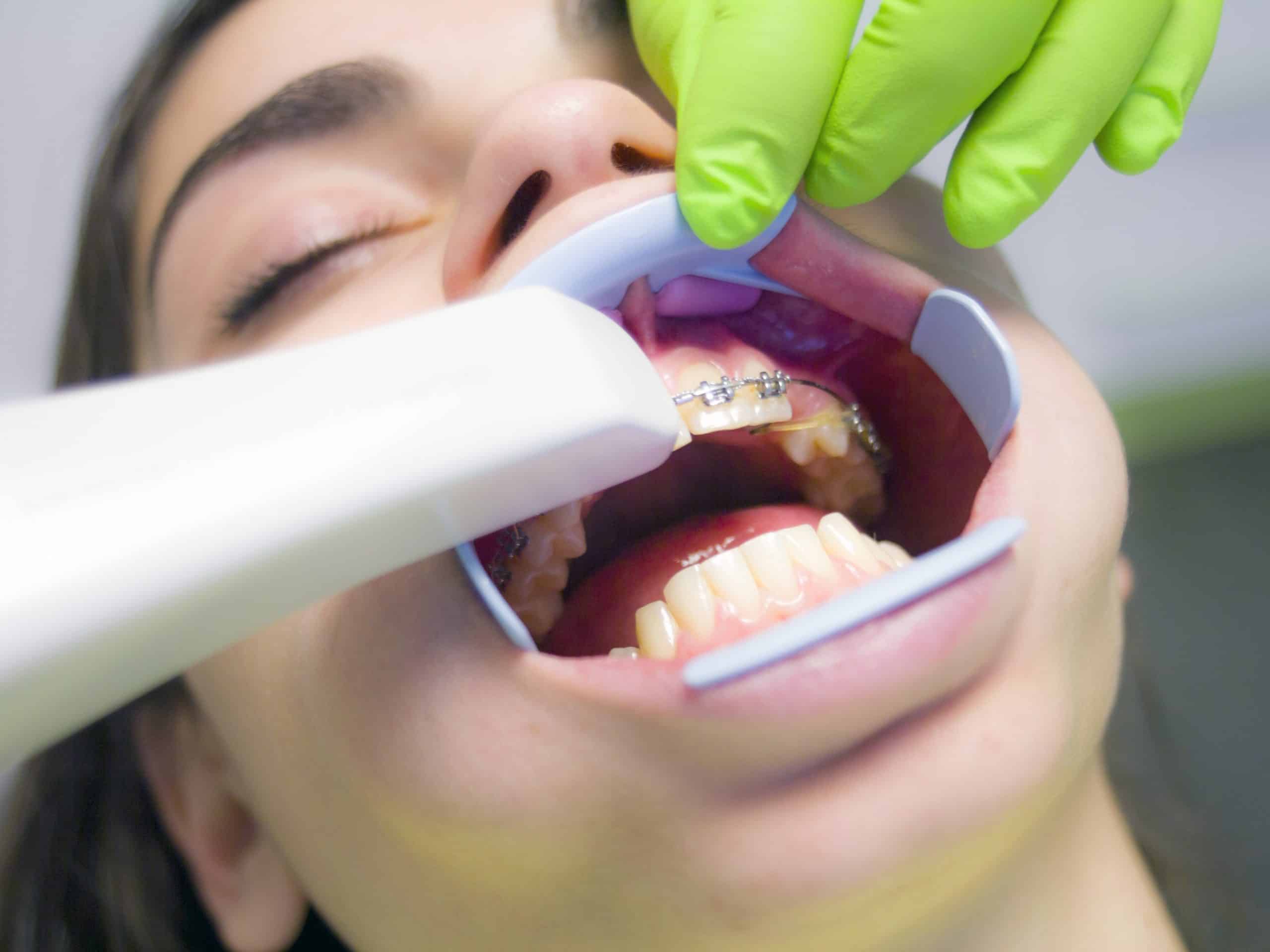A healthy mouth is a clean mouth, and a clean mouth is a happy mouth! In a healthy, happy mouth teeth are free from plaque and debris, gums are pink and healthy, and breath does not exude an odour.
This is the ideal that we must teach out kids to aspire to, and a few hints on developing good oral hygiene will go a long way towards sweetening their little smiles!
Why is Developing Good Oral Hygiene Important?
Developing good oral hygiene is your first line of defence against dental problems such as plaque, tooth decay, gum disease and halitosis.
Developing good oral hygiene now will help keep you out of the dentist’s chair later!
- Plaque is a white-ish substance that develops when food, mixed with bacteria and saliva, clings to the teeth. Good oral hygiene helps loosen and remove plaque.
- Tartar is hardened plaque that has calcified and sticks to the teeth. Generally only a dentist can remove tartar with special tools.
- Tooth decay occurs when small holes (cavities) form in the tooth. Plaque is also the culprit of tooth decay because when the bacteria living in plaque comes into contact with sugars in the food we eat, acid is formed that eats away at the tooth’s protective enamel. Ridding the teeth of plaque keeps teeth clear of tooth decay as well.
- Gum disease refers to any infection or inflammation of the gums surrounding the teeth. Healthy gums are pink and do not hurt or bleed when brushed. Unhealthy gums are open to the bacteria in plaque causing an inflammation called gingivitis. If the tissues that connect the teeth to the gums become involved, then it is called periodontitis. Again, ridding the teeth of plaque will help guard against gum disease.
- Halitosis, the technical term for bad breath, is also the result of an unhealthy plaque build up. When the gums become infected or inflamed due to the bacteria in plaque, bad breath often results. Keeping the teeth and gums clean, and even brushing the tongue, will help alleviate this embarrassing condition.
What is Considered Good Oral Hygiene?
Good oral hygiene means getting into the routine of thoroughly cleaning your mouth at least once a day, though preferably after every meal.
- Brush your teeth for two full minutes with fluoride toothpaste and a brush that is small enough to manoeuvre around the inside, outside and top of every tooth in your mouth. Replace your brush every three months.
- Consider investing in an electric toothbrush if you feel you need more help.
- Floss after every brushing. If you have never flossed before, ask your dentist for advice. Remember that using just a small bit of dental floss to gently slide debris from between the teeth goes a long way towards eradicating plaque and keeping your mouth free from bacteria.
- Rinse your mouth with an antiseptic mouthwash that will get rid of small pieces of debris and help keep your gums healthy. If you find that an antiseptic mouthwash “stings,” ask your dentist to recommend a brand for more sensitive teeth and gums.
- If you are unable to clean your mouth directly after eating, consider chewing sugar free gum. This will stimulate saliva in your mouth that will naturally help flush out any lingering remnants of food.
When Should Children Begin To Practice Good Oral Hygiene?
As soon as children grow teeth, good oral hygiene should be practiced. When children are old enough to grasp their toothbrush themselves, ask them to be responsible for their own brushing.
Where Does the Dentist Fit Into Good Oral Hygiene?
Going to the dentist every six months, or at the very least once every year, is very important. Your dentist will be able to:
- Recommend cleaning techniques and products for your family.
- Clean plaque and tartar from the teeth.
- Fill cavities that could lead to further tooth decay.
- Administer fluoride treatments.
- Treat mild gingivitis before it turns into periodontitis.
- X-ray teeth.
- Remind your children about the importance of proper oral hygiene.


